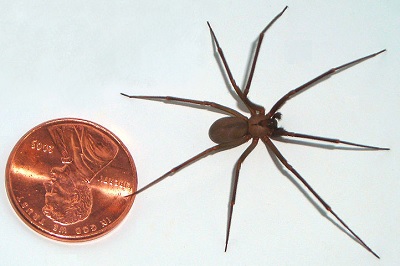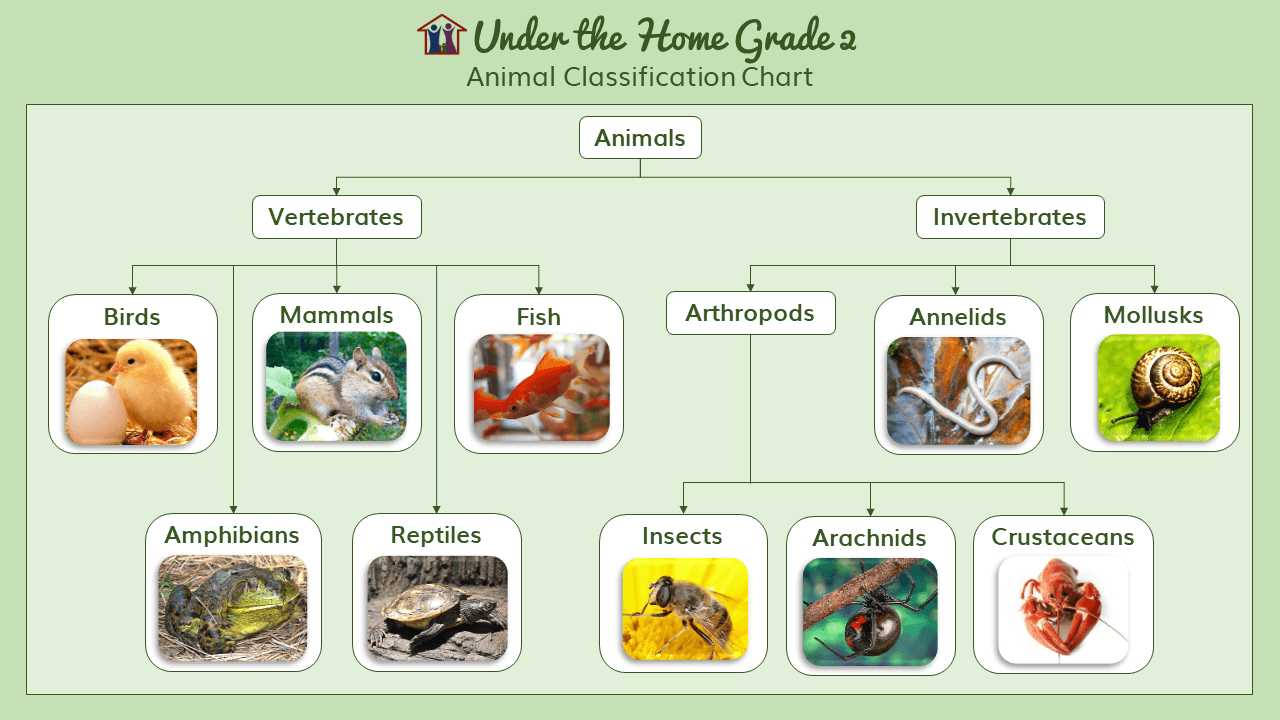Lesson 10: The Spider
Performer: LibriVox - Claire Schreuder
'The Cheerful Harvestmen' from Among the Meadow People by Clara Dillingham Pierson
Some of the meadow people are gay and careless, and some are always worrying. Some work hard every day, and some are exceedingly lazy. There, as everywhere else, each has his own way of thinking about things. It is too bad that they cannot all learn to think brave and cheerful thoughts, for these make life happy. One may have a comfortable home, kind neighbors, and plenty to eat, yet if he is in the habit of thinking disagreeable thoughts, not even all these good things can make him happy. There was the young Frog who thought herself sick—but that is another story.
Perhaps the Harvestmen were the most cheerful of all the meadow people. The old Tree Frog used to say that it made him feel better just to see their knees coming toward him. Of course, when he saw their knees, he knew that the whole insect was also coming. He spoke in that way because the Harvestmen always walked or ran with their knees so much above the rest of their bodies that one could see those first.
The Harvestmen were not particularly fine-looking, not nearly so handsome as some of their Spider cousins. One never thought of that, however. They had such an easy way of moving around on their eight legs, each of which had a great many joints. It is the joints, or bending-places, you know, which make legs useful. Besides being graceful, they had very pleasant manners. When a Harvestman said "Good morning" to you on a rainy day, you always had a feeling that the sun was shining. It might be that the drops were even then falling into your face, but for a moment you were sure to feel that everything was bright and warm and comfortable.
Sometimes the careless young Grasshoppers and Crickets called the Harvestmen by their nicknames, "Daddy Long-Legs" or "Grandfather Graybeard." Even then the Harvestmen were good-natured, and only said with a smile that the young people had not yet learned the names of their neighbors. The Grasshoppers never seemed to think how strange it was to call a young Harvestman daughter "Grandfather Graybeard." When they saw how good-natured they were, the Grasshoppers soon stopped trying to tease the Harvestmen. People who are really good-natured are never teased very long, you know.
The Walking-Sticks were exceedingly polite to the Harvestmen. They thought them very slender and genteel-looking. Once, the Five-Legged Walking-Stick said to the largest Harvestman, "Why do you talk so much with the common people in the meadow?"
The Harvestman knew exactly what the Walking-Stick meant, but he was not going to let anybody make fun of his kind and friendly neighbors, so he said: "I think we Harvestmen are rather common ourselves. There are a great, great many of us here. It must be very lonely to be uncommon."
After that the Walking-Stick had nothing more to say. He never felt quite sure whether the Harvestman was too stupid to understand or too wise to gossip. Once he thought he saw the Harvestman's eyes twinkle. The Harvestman didn't care if people thought him stupid. He knew that he was not stupid, and he would rather seem dull than to listen while unkind things were said about his neighbors.
Some people would have thought it very hard luck to be Harvestmen. The Garter Snake said that if he were one, he should be worried all the time about his legs. "I'm thankful I haven't any," he said, "for if I had I should be forever thinking I should lose some of them. A Harvestman without legs would be badly off. He could never in the world crawl around on his belly as I do."
How the Harvestmen did laugh when they heard this! The biggest one said, "Well, if that isn't just like some people! Never want to have anything for fear they'll lose it. I wonder if he worries about his head? He might lose that, you know, and then what would he do?"
It was only the next day that the largest Harvestman came home on seven legs. His friends all cried out, "Oh, how did it ever happen?"
"Cows," said he.
"Did they step on you?" asked the Five-Legged Walking-Stick. He had not lived long enough in the meadow to understand all that the Harvestman meant. He was sorry for him, though, for he knew what it was to lose a leg.
"Huh!" said a Grasshopper, interrupting in a very rude way, "aren't any Cows in this meadow now!"
Then the other Harvestmen told the Walking-Stick all about it, how sometimes a boy would come to the meadow, catch a Harvestman, hold him up by one leg, and say to him, "Grandfather Graybeard, tell me where the Cows are, or I'll kill you." Then the only thing a Harvestman could do was to struggle and wriggle himself free, and he often broke off a leg in doing so.
"How terrible!" said the three Walking-Sticks all together. "But why don't you tell them?"
"We do," answered the Harvestmen. "We point with our seven other legs, and we point every way there is. Sometimes we don't know where they are, so we point everywhere, to be sure. But it doesn't make any difference. Our legs drop off just the same."
"Isn't a boy clever enough to find Cows alone?" asked the Walking-Sticks.
"Oh, it isn't that," cried all the meadow people together. "Even after you tell, and sometimes when the Cows are right there, they walk off home without them."
"I'd sting them," said a Wasp, waving his feelers fiercely and raising and lowering his wings. "I'd sting them as hard as I could."
"You wouldn't if you had no sting," said the Tree Frog.
"N-no," stammered the Wasp, "I suppose I wouldn't."
"You poor creature!" said the biggest Katydid to the biggest Harvestman. "What will you do? Only seven legs!"
"Do?" answered the biggest Harvestman, and it was then one could see how truly brave and cheerful he was. "Do? I'll walk on those seven. If I lose one of them I'll walk on six, and if I lose one of them I'll walk on five. Haven't I my mouth and my stomach and my eyes and my two feelers, and my two food-pincers? I may not be so good-looking, but I am a Harvestman, and I shall enjoy the grass and the sunshine and my kind neighbors as long as I live. I must leave you now. Good day."
He walked off rather awkwardly, for he had not yet learned to manage himself since his accident. The meadow people looked after him very thoughtfully. They were not noticing his awkwardness, or thinking of his high knees or of his little low body. Perhaps they thought what the Cicada said, "Ah, that is the way to live!"




